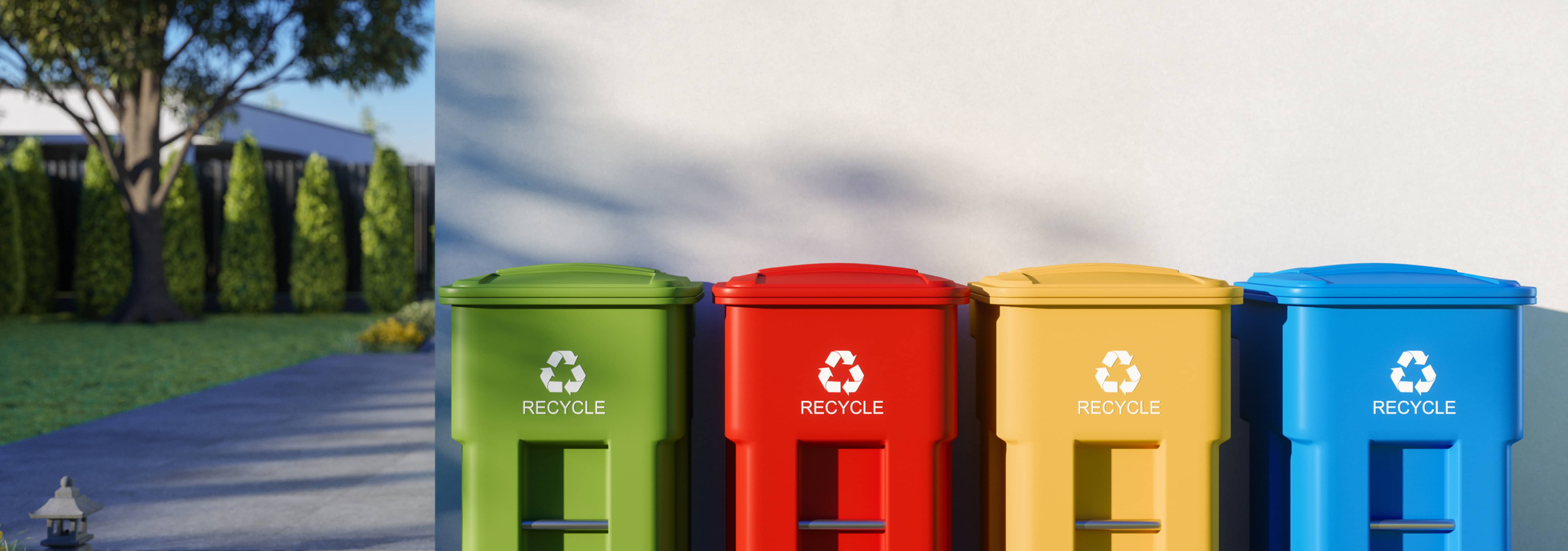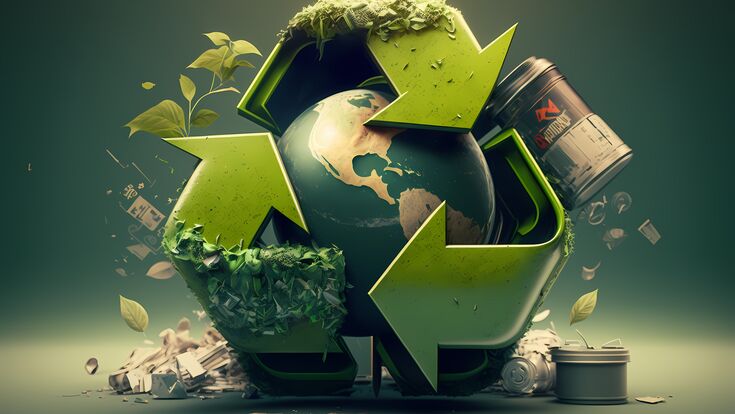Comprehending the Category and Handling of Numerous Sorts Of Waste
Efficient waste monitoring is essential for ecological sustainability, needing a comprehensive understanding of the classification and handling of various waste kinds. Family waste, industrial byproducts, unsafe products, electronic refuse, and organic remnants each necessitate distinct methods to make certain safety and decrease eco-friendly damage. Applying correct partition, treatment, and disposal approaches is necessary to reduce unfavorable ecological influences and advertise resource conservation. The composting of organic waste contrasts greatly with the complex treatments required to handle dangerous compounds. This diverse method to lose administration highlights its intricacy and the critical need for specialized expertise in this domain.

Family Waste
House waste, including a broad variety of discarded products generated from daily living activities, represents a significant part of the total waste stream - recycling lives services. This group consists of organic waste such as food scraps, backyard cuttings, and paper items, together with not natural products like plastics, steels, and glass. The diverse nature of family waste demands effective category and administration to mitigate environmental impact and promote lasting living techniques
Effective family waste management starts with segregation at the source, assisting in recycling, composting, and safe disposal. Organic waste, for circumstances, can be composted to create nutrient-rich dirt amendments, lowering garbage dump concern and improving dirt wellness. Recyclable materials, including paper, glass, and specific plastics, can be processed and repurposed, preserving sources and lowering energy usage connected with new material manufacturing.
Additionally, hazardous household waste such as batteries, electronic gadgets, and cleansing chemicals needs specialized managing to stop soil and water contamination. Public recognition campaigns and practical disposal choices play vital duties in guaranteeing appropriate disposal and recycling of these products. By applying robust waste decrease techniques and fostering community engagement, towns can substantially minimize the environmental footprint of home waste.
Hazardous Waste
Industrial waste, a major contributor to worldwide waste generation, encompasses a varied range of products produced by manufacturing, construction, and other industrial tasks. This category includes spin-offs such as scrap steel, plastics, rubber, chemicals, and other residues. The composition and quantity of hazardous waste can differ considerably depending upon the market and production processes included. Efficient management of hazardous waste is essential for minimizing environmental influence and promoting sustainable techniques.
The handling of industrial waste usually involves a number of processes: collection, partition, disposal, and therapy. Collection systems are created to successfully collect waste materials from numerous sources within an industrial operation.
Adopting methods such as waste minimization, resource recovery, and recycling can significantly lower the burden of commercial waste on the setting, adding to even more sustainable commercial practices.
Contaminated Materials

The classification of unsafe waste is commonly based on its physical and chemical attributes. Poisonous wastes consist of damaging materials that can trigger unfavorable health and wellness impacts also at reduced focus. Corrosive wastes can damage or damage living materials and tissues. Flammable wastes can conveniently fire up, positioning fire hazards, while reactive wastes can cause surges or release toxic gases upon contact with various other compounds.
Effective contaminated materials monitoring involves several key techniques: recognition and segregation of dangerous products, risk-free transportation and storage space, and proper treatment and disposal. Therapy methods may include chemical neutralization, incineration, and stablizing. Governing compliance is important, directed by structures my explanation such as the Source Conservation and Recovery Act (RCRA) in the United States, which ensures safe and eco audio monitoring of contaminated materials.
Electronic Waste
Digital waste, usually abbreviated as e-waste, stands for a growing challenge in waste administration as a result of the quick obsolescence of modern technology. This category incorporates a wide variety of discarded electronic tools, including mobile phones, computer systems, tvs, and family home appliances. The intricacy of e-waste lies in its composition; these products include a blend of valuable materials such as gold and copper, as well as hazardous compounds like mercury, cadmium, and lead.

Regulations and policies, such as the European Union's Waste Electronic and electrical Equipment (WEEE) Regulation, objective to promote accountable e-waste monitoring. These plans mandate manufacturers to promote the collection and recycling of digital products, thus decreasing the problem on land fills and decreasing environmental contamination.
Organic Waste
Organic waste, encompassing eco-friendly materials such as food scraps, lawn trimmings, and agricultural residues, comprises a substantial portion of the local strong waste stream. This kind of waste is remarkable not only for its quantity however additionally for its possible ecological impact otherwise managed appropriately. Organic waste can disintegrate anaerobically in garbage dumps, generating methane, a potent greenhouse gas adding to environment adjustment.
Proper handling of natural waste involves a number of strategies. In addition, drawing away food waste from garbage dumps through contribution programs can minimize food insecurity while minimizing waste.
Municipalities and organizations are increasingly recognizing the significance of natural waste monitoring. Applying comprehensive natural waste recycling programs not just alleviates ecological influences however also straightens with more comprehensive sustainability goals, advertising a circular economy where resources are continuously recycled and repurposed.
Final Thought
Efficient waste administration and environmental protection necessitate a comprehensive understanding of the category and handling of numerous waste kinds. Carrying out more appropriate techniques for each waste kind ensures accountable and risk-free waste monitoring practices, eventually adding to the defense of ecological communities and public health and wellness.
Effective waste management is critical for ecological sustainability, calling for a detailed understanding of the classification and handling of various waste types.Household waste, including a wide array of discarded products created from day-to-day living activities, stands for a significant element of the overall waste stream.Industrial waste, a major contributor to international waste generation, encompasses a diverse array of materials produced by production, construction, and other industrial activities (recycling lives services).Dangerous waste, a critical worry in waste monitoring, consists of products that position significant risks to human health and wellness and the environment due to their harmful, destructive, flammable, or reactive homes.Organic waste, including biodegradable products such as food scraps, yard trimmings, and farming deposits, comprises a considerable portion of the local solid waste stream